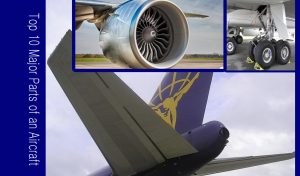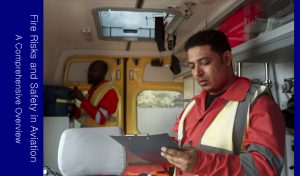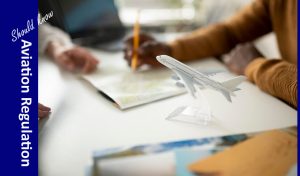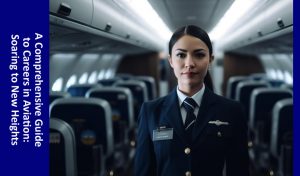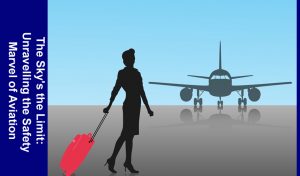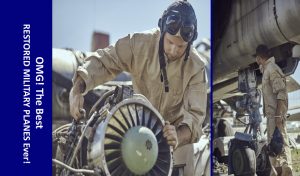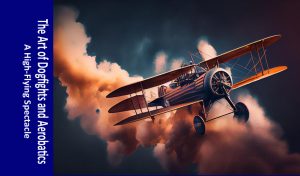We all must have wondered how would pilots know where to go, when to turn, and which landmark to stop. The question “How do pilots fly without any roads in the air? is quite common “. Let me take you through the ways how pilots make their way from one place to another.

Training: Pilots undergo rigorous training that includes both theoretical knowledge and practical flight experience. They learn about aircraft systems, aerodynamics, weather patterns, navigation, communication, emergency procedures, and more.
Flight Instruments: Aircraft are equipped with instruments that provide crucial information about the aircraft’s orientation, altitude, airspeed, heading, and more. Pilots rely on these instruments to maintain control and navigate accurately.
Navigation Aids: Pilots use a combination of ground-based and satellite-based navigation aids to determine their position and course. Navigational aids include VORs, GPS, ILS, and more. These aids help pilots stay on track and reach their destinations safely.
Aviation Charts and Maps: Pilots use a variety of charts and maps to plan routes and navigate. These charts show airways, waypoints, airports, terrain, and other important information that helps pilots make informed decisions during flight.
Air Traffic Control (ATC): In controlled airspace, air traffic controllers provide instructions to pilots, ensuring safe separation between aircraft and guiding them through their routes. Pilots communicate with ATC to receive clearances, instructions, and updates.
Visual References: Pilots often rely on visual references to maintain orientation and navigate. They look for landmarks, rivers, roads, mountains, and other features to confirm their position and track.
Dead Reckoning: This technique involves estimating an aircraft’s position based on known factors like heading, airspeed, and time. While it’s not as accurate as modern navigation systems, it’s a valuable skill for pilots, especially during unexpected situations.
Instrument Flying: Pilots are trained to fly solely by reference to instruments, even when visibility is poor (IFR conditions). This requires a high level of skill and the ability to trust instruments over their instincts.
Situational Awareness: Pilots constantly monitor their surroundings, instruments, and navigation aids to maintain situational awareness. This helps them make informed decisions and adjustments as needed.
Experience: As pilots gain experience, they become more proficient at reading instruments, anticipating changes in flight conditions, and making precise adjustments to maintain safe and efficient flight.
In summary, flying without roads in the air involves a combination of training, technology, navigation aids, communication with ATC, and situational awareness. While it requires learning and practice, pilots develop the skills to navigate and fly safely and accurately in the skies.
